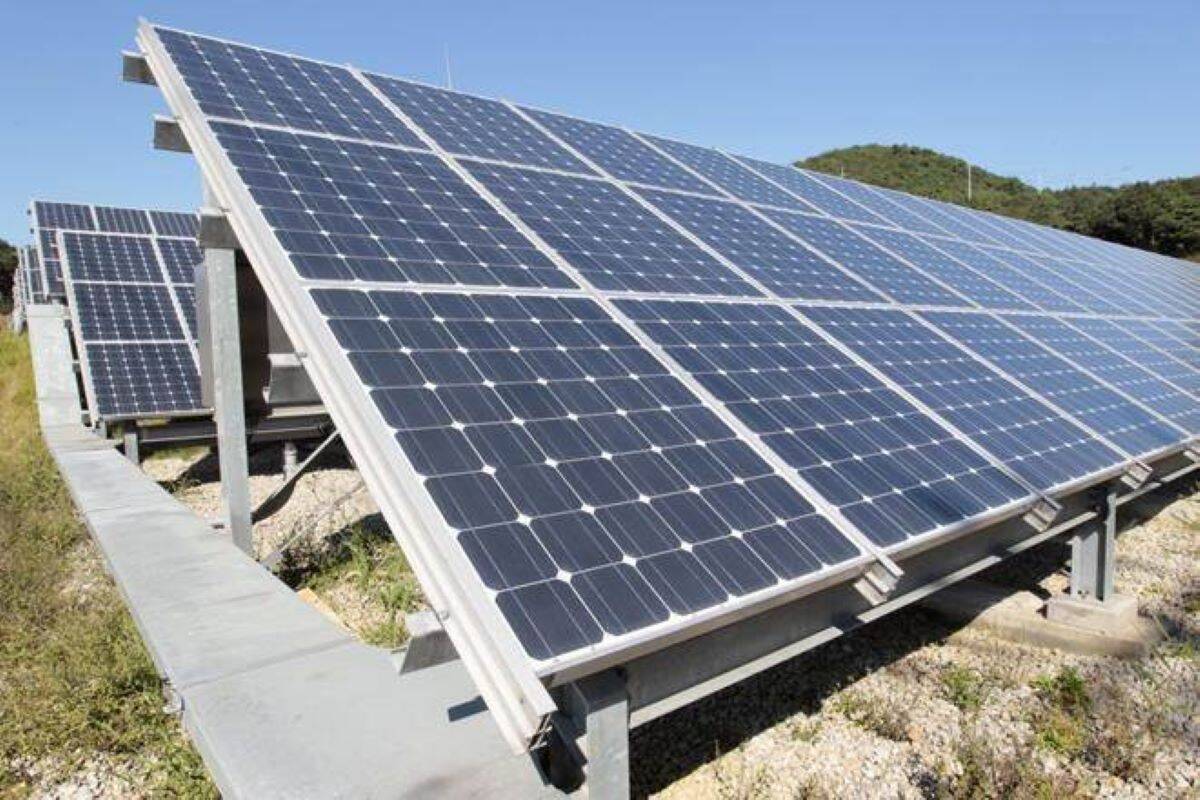Government schools in Delhi are eyeing substantial income, apart from significant reduction in electricity bills, as they start earning money by selling electricity generated by the rooftop solar systems installed on their buildings.

The projects are being built under the Central government scheme for solarising government buildings, where the Centre pays 25% of the capital cost upfront.
Government schools in Delhi are eyeing substantial income, apart from significant reduction in electricity bills, as they start earning money by selling electricity generated by the rooftop solar systems installed on their buildings. Under the Centre’s scheme for government building solarisation, the Delhi government has developed over 21 mega-watt (MW) of solar rooftop plants on 150 government schools. These are expected to save about Rs 8.8 crore on their electricity bills cumulatively each year, apart from earning Rs 8.5 crore from selling power.
The rooftop plants are being installed under the ‘Resco’ model, wherein solar projects are built and operated by the developer using its own capital, taking the financing burden off from the schools. The developer will get Rs 3.13 for every unit of electricity being generated by the rooftop plants from the schools. The rate is 65% lower than the electricity tariffs paid by the schools to the power distribution companies (discoms). For any surplus power generated, the discoms would buy the electricity from the schools at Rs 5.65 per unit.
As consumers globally are gradually becoming ‘prosumers’ — those who produce energy, consume a part of it and also give a part to the grid — Delhi schools are taking up this opportunity to generate green energy and improve their finances. One kilowatt (kW) of rooftop solar installation needs about 10 square metres of shadow-free surface area. Among the Delhi schools, the largest rooftop solar plants have been set up in West Vinod Nagar (195 kW), Rohini (170 kW), Rouse Avenue (150 kW), East Vinod Nagar (146 kW) and Rajokari (127 kW).
Incidentally, West Vinod Nagar currently houses the largest solar rooftop plant on a government school in the country. “Our projects would cumulatively save 63,000 tonne of CO2 over the life of the projects, and contribute significantly to Delhi’s and India’s rooftop solarisation targets,” said Sharavan Sampath, CEO of Oakridge Energy, which is one of the major developers in the government school solarisation tender and has installed solar units in the West Vinod Nagar school.
The projects are being built under the Central government scheme for solarising government buildings, where the Centre pays 25% of the capital cost upfront. Out of the total solar capacity of 36,910 MW, only 3,402 MW currently comes from rooftop solar. The government aims to have 40,000 MW of rooftop solar capacity by 2022. To promote the uptake of rooftop solar, the central government in February approved the second phase of the grid connected rooftop solar programme. The new scheme provides a central financial support of Rs 11,814 crore to provide funding for 20-40% of rooftop solar cost, depending on the size of the installation.
First published by Financial Express on 13 Dec. 2020